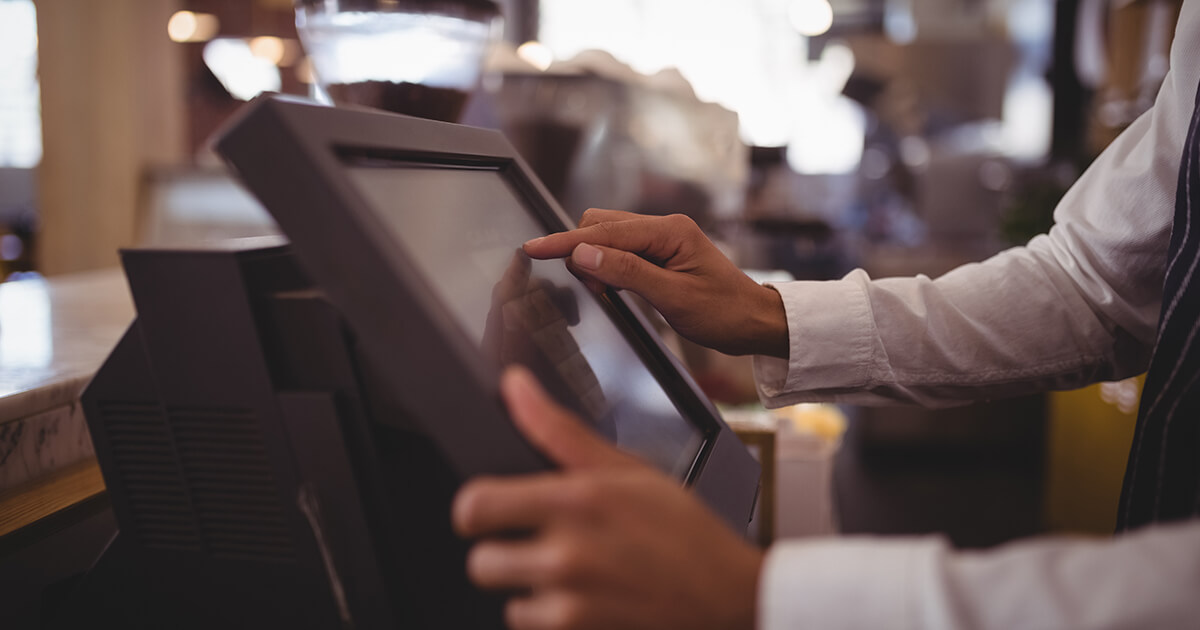
Microsoft officially ended support for Windows 7 in January 2020. However, many retailers still use the operating system. 40% of U.S. businesses reported they still had devices running Windows 7 one month before the end-of-life date, according to one survey.